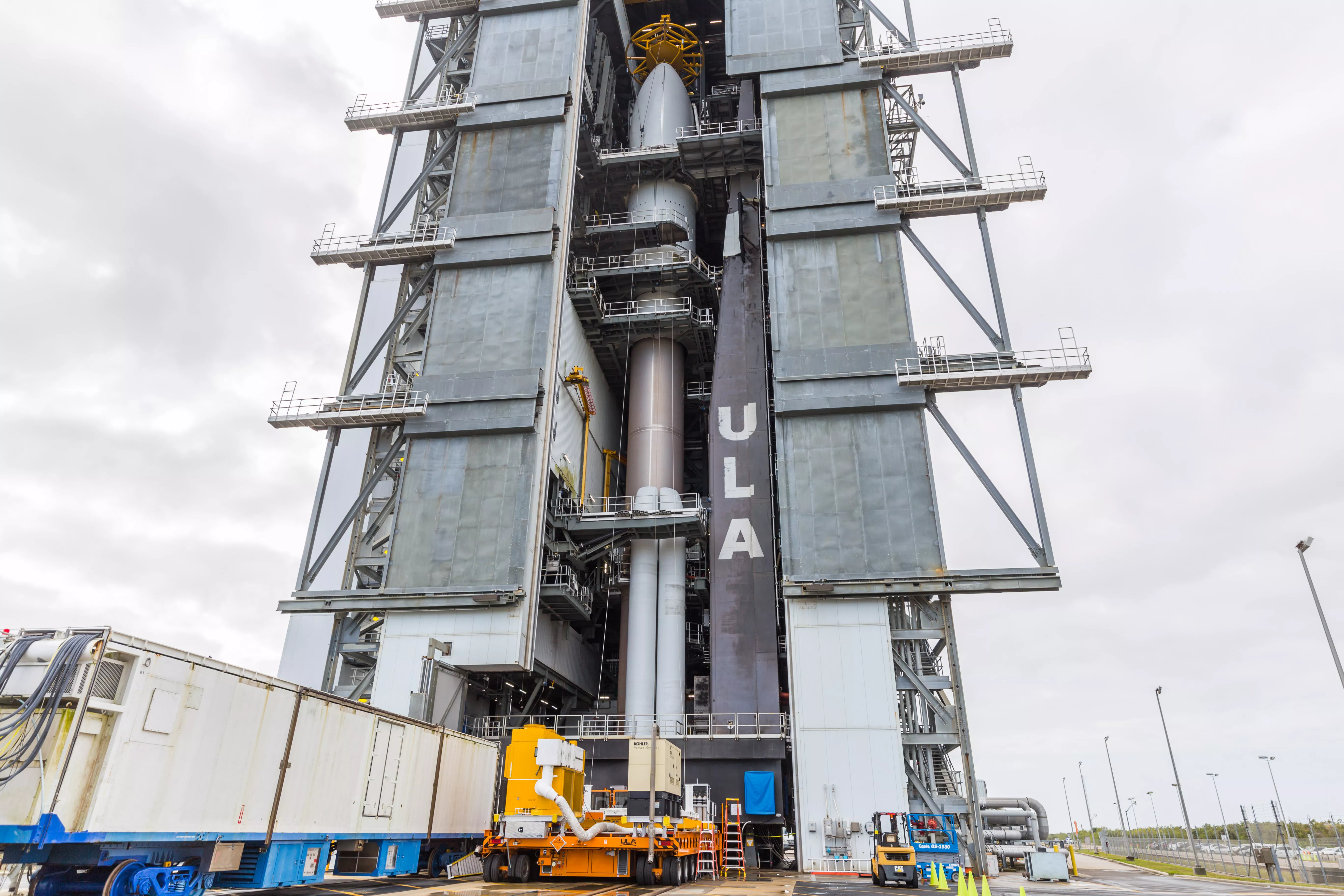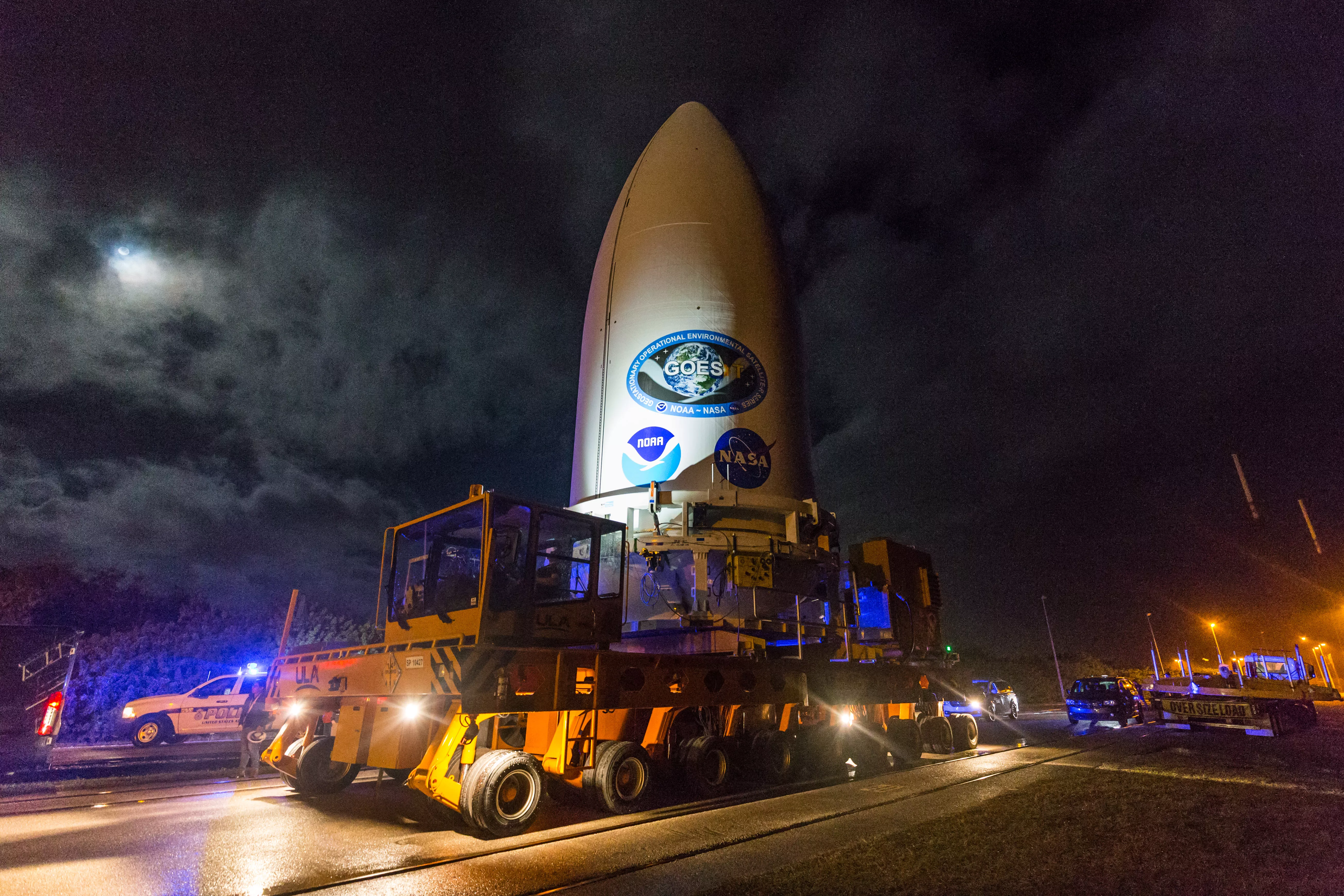
NOAA’s GOES-T, the third in the GOES-R Series of advanced weather observing and environmental monitoring satellites, arrived in Florida on November 10, 2021, to begin final preparations for launch.
GOES-T is scheduled to launch aboard an Atlas V 541 rocket from Space Launch Complex 41 at Cape Canaveral Space Force Station, Florida on March 1, 2022, joining its sister satellite, GOES-16.
Data from GOES-T will help meteorologists see the big picture as well as read the fine print, providing critical real-time information before, during, and after severe weather and disasters strike.
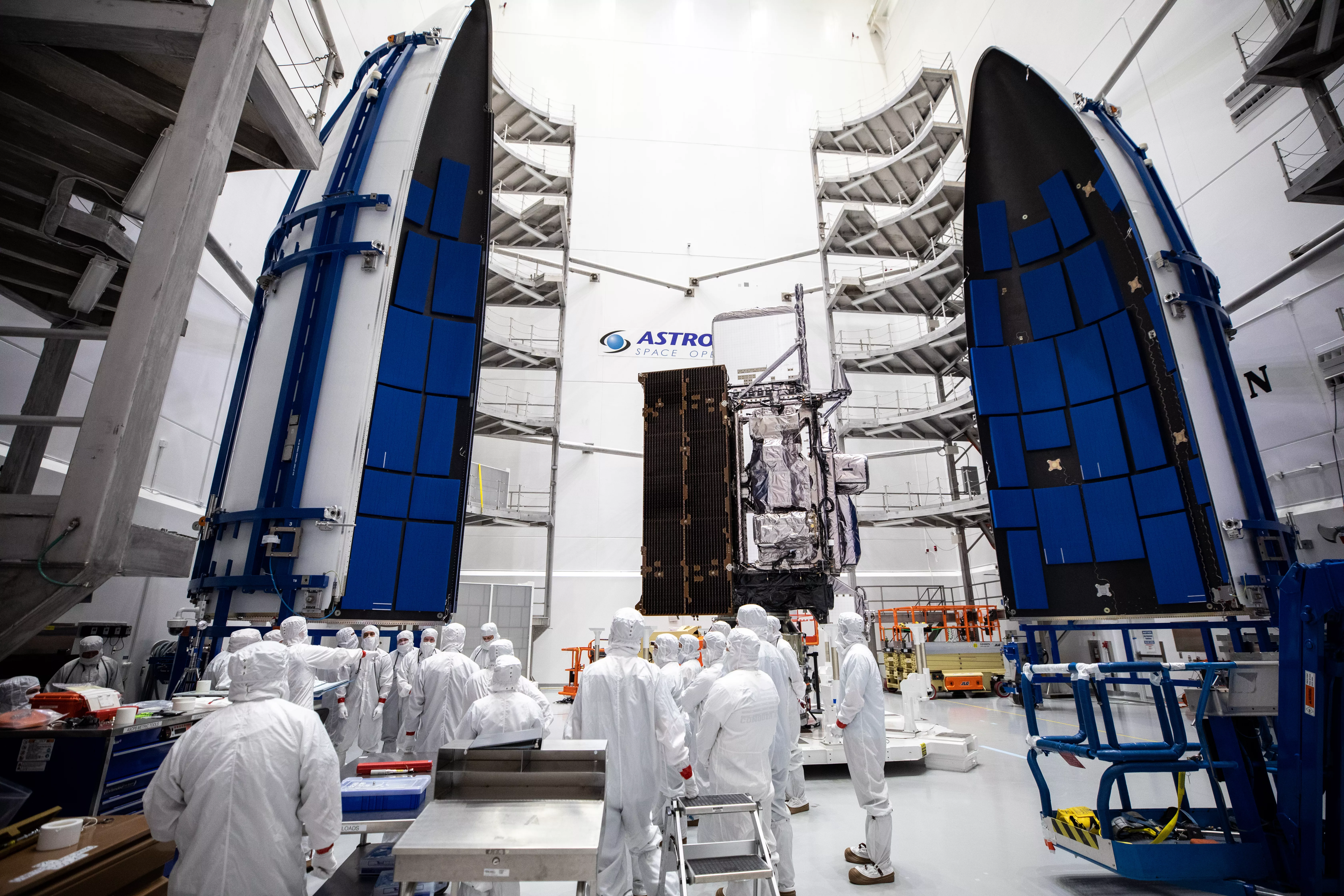
GOES-T was transported from Littleton, Colorado, to a clean room at the Astrotech Space Operations processing facility in Titusville, Florida, where it was unpacked from its journey.
Upon reaching geostationary orbit after launch, GOES-T will be renamed GOES-18. After it completes checkout of its instruments and systems, the new satellite will go into operation as GOES West, replacing the current GOES-17. In the GOES West position, GOES-18 will watch over the U.S. West Coast, Alaska, Hawaii, Mexico, Central America, and the Pacific Ocean extending to New Zealand. The satellite will be ideally located to detect and monitor weather systems and environmental hazards that most affect this region of the Western Hemisphere, including wildfires, atmospheric rivers, coastal fog, dust storms, and volcanic eruptions. GOES-18 will also monitor the sun for solar eruptions and detect space weather hazards that can disrupt communications, navigation systems, and power utilities on Earth.
NOAA oversees the GOES-R Series Program through an integrated NOAA-NASA office, operating the satellites, managing the ground system, and distributing the satellite data to users worldwide. NASA’s Goddard Space Flight Center oversees the acquisition of the GOES-R spacecraft and instruments and NASA’s Launch Services Program, based at Kennedy Space Center, launches the satellites. Lockheed Martin designs, builds, and tests the GOES-R Series satellites. L3Harris Technologies provides the main instrument payload, the Advanced Baseline Imager, along with the ground system, which includes the antenna system for data reception.
Photo Postcards of GOES-T's Journey
GOES-T in Astrotech Clean Room
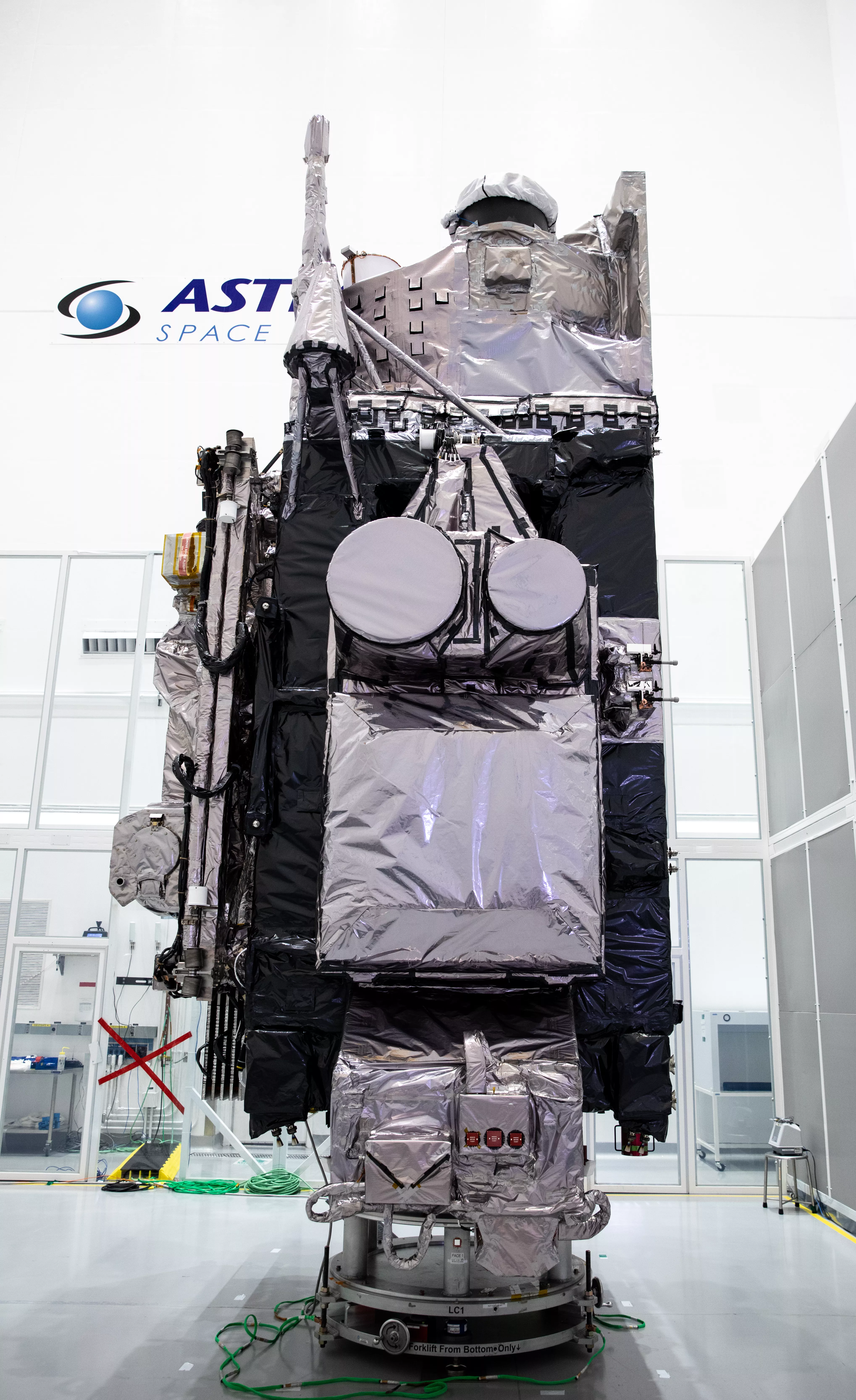
GOES-T Satellite Processing Team at Astrotech
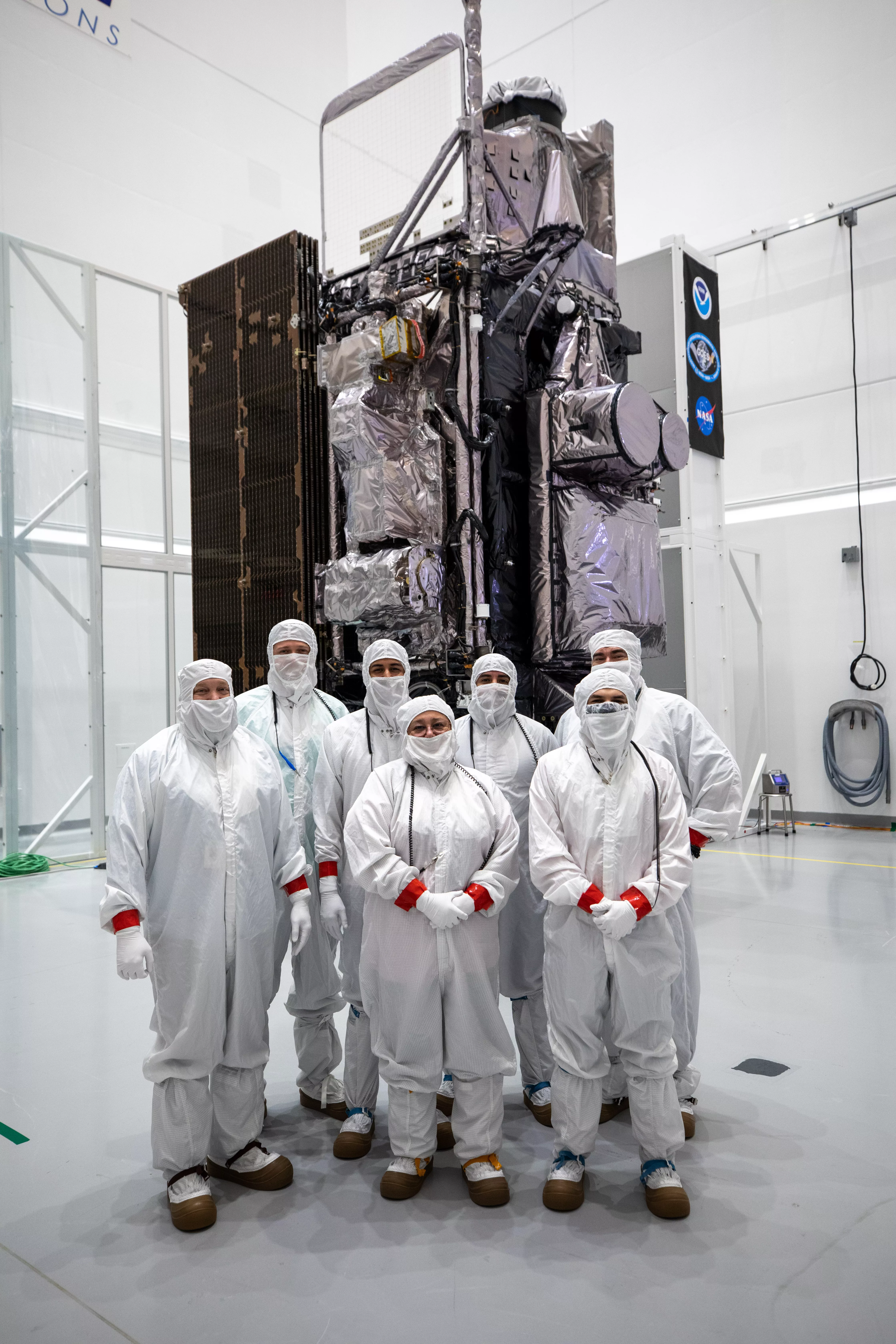
GOES-T Launch Vehicle Lifted to Stand
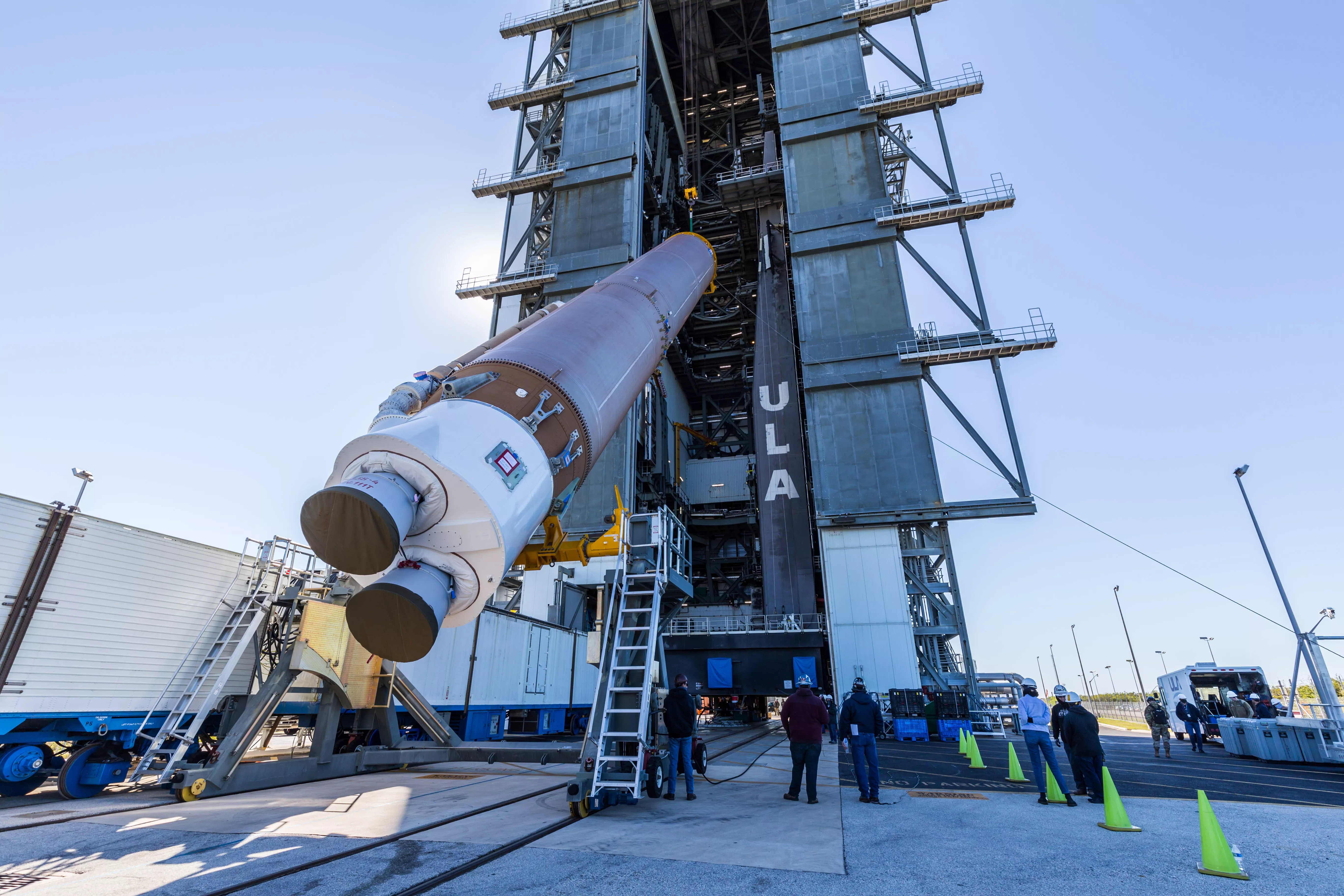
GOES-T Launch Vehicle on Stand
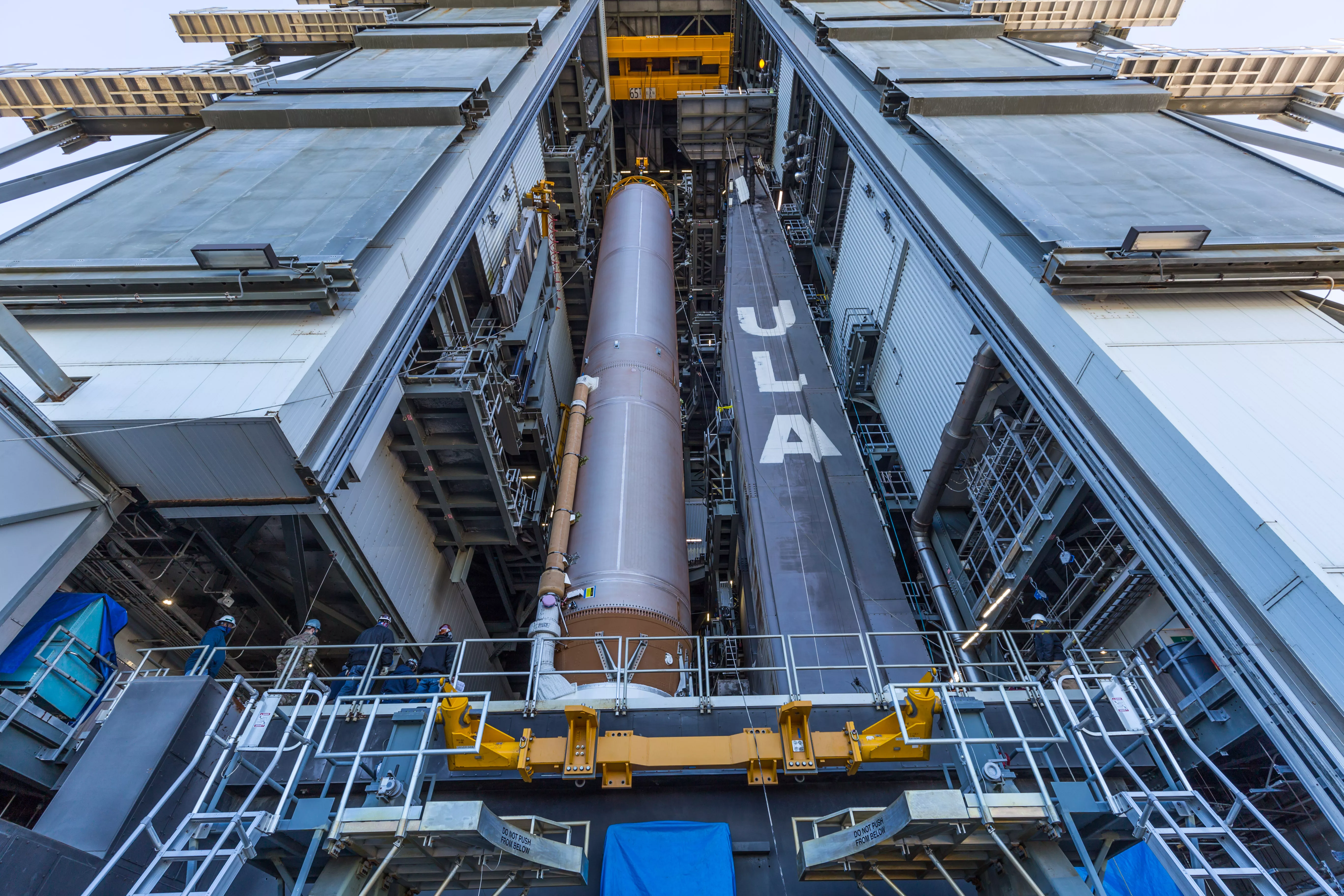
GOES-T Fairing Inspection
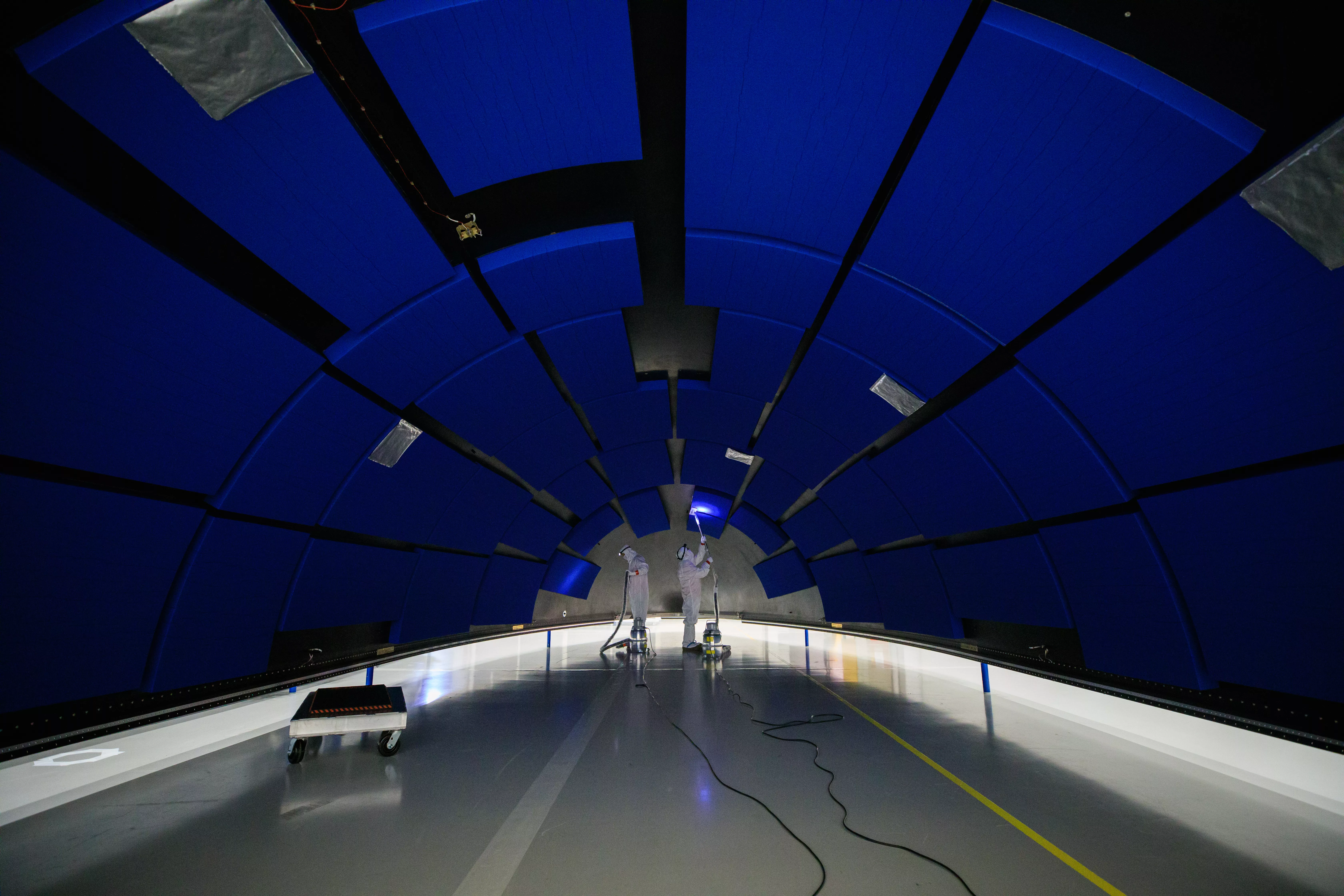
GOES-T Spacecraft Move to Encapsulation Bay
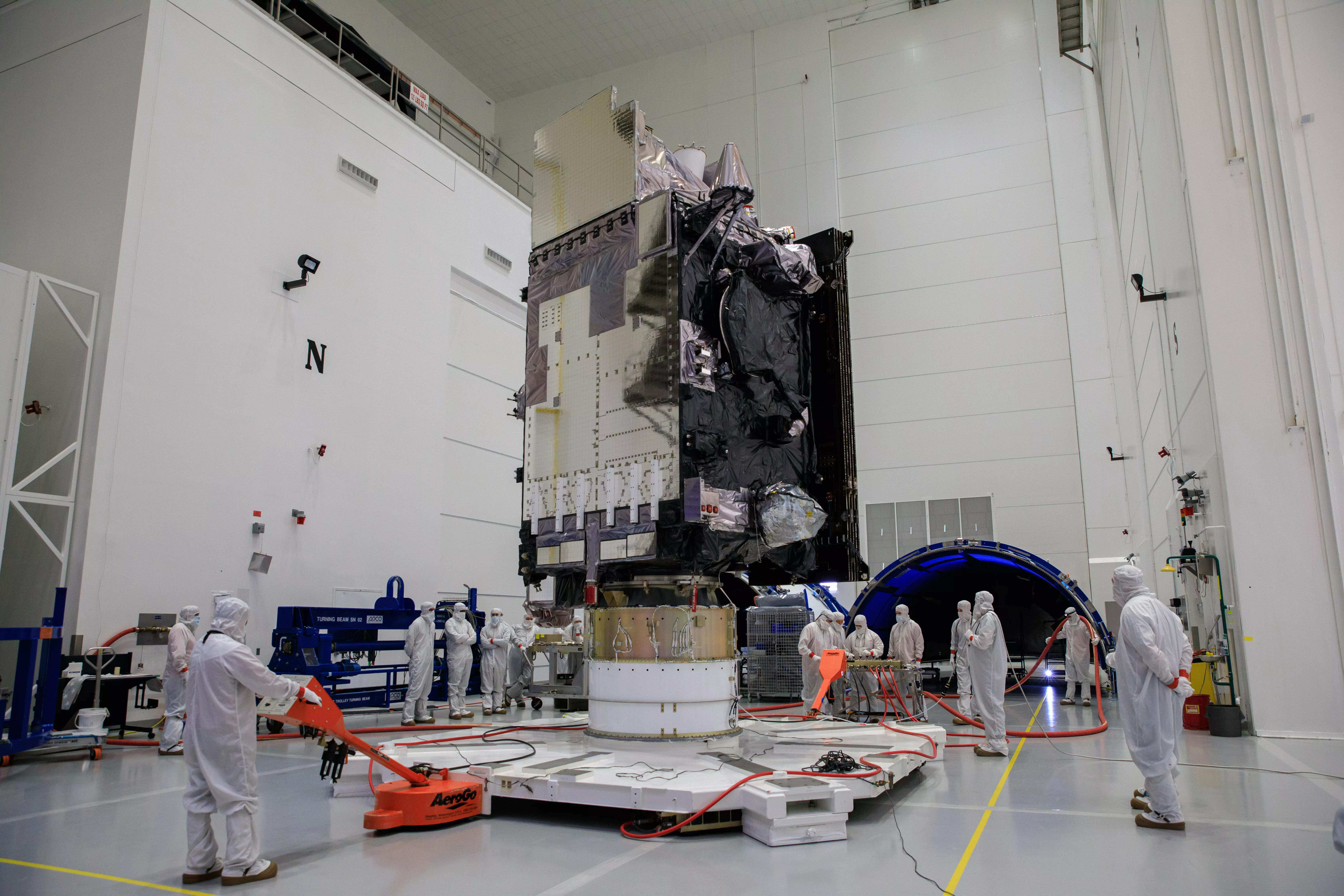
GOES-T Preparing for Encapsulation
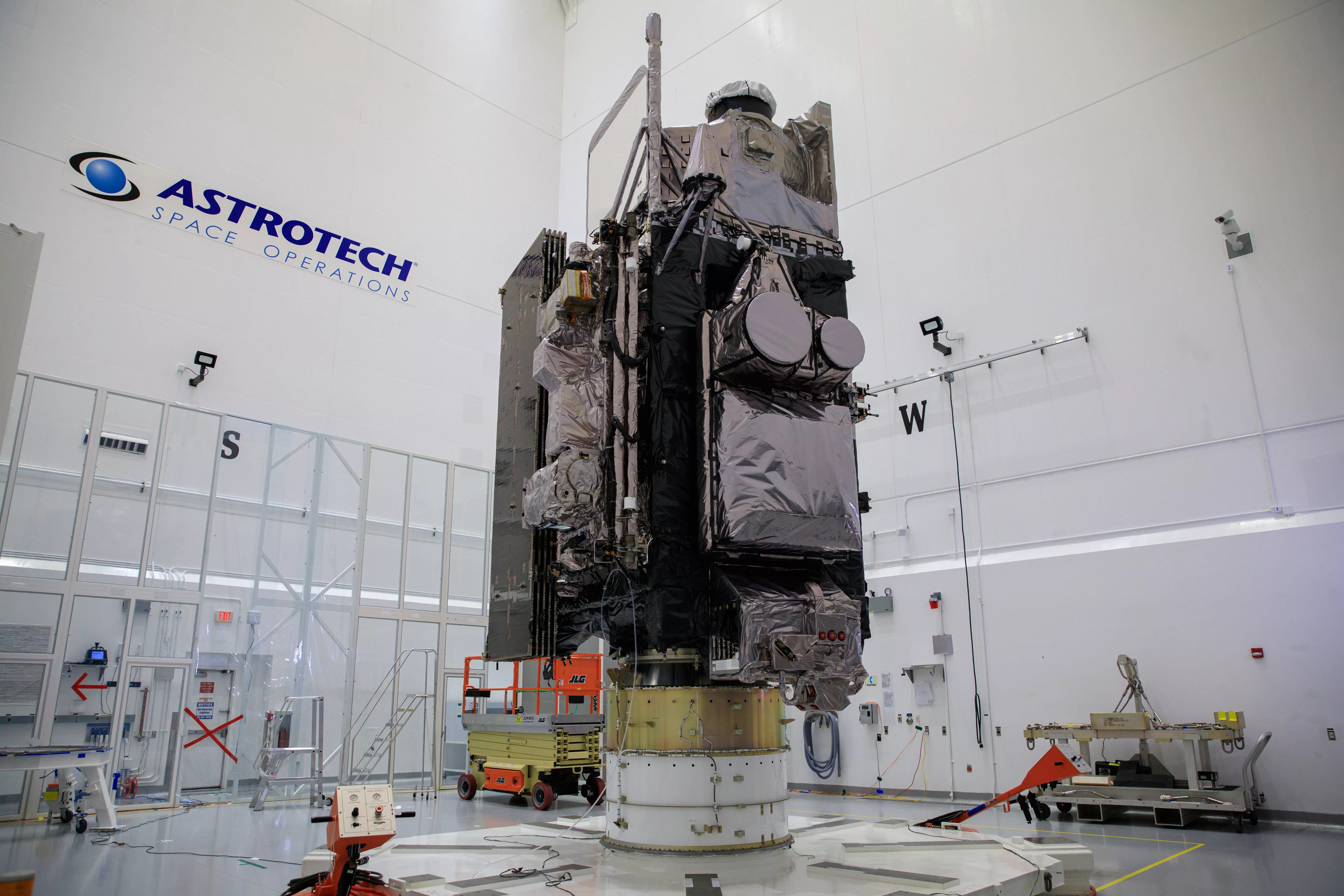
Atas V Centaur Transported to Vertical Integration Facility
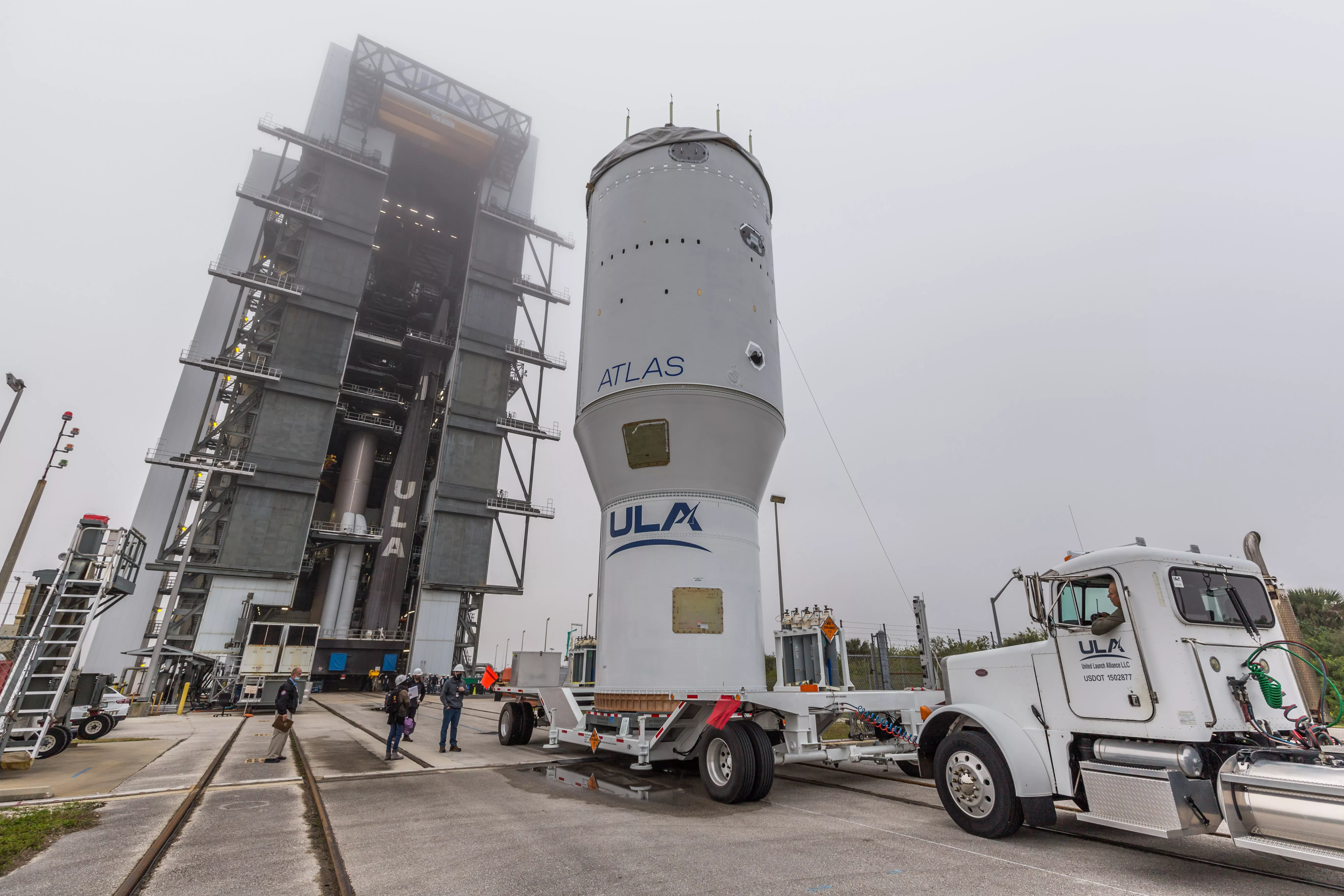
Atlas Centaur Hoisted Atop Rocket
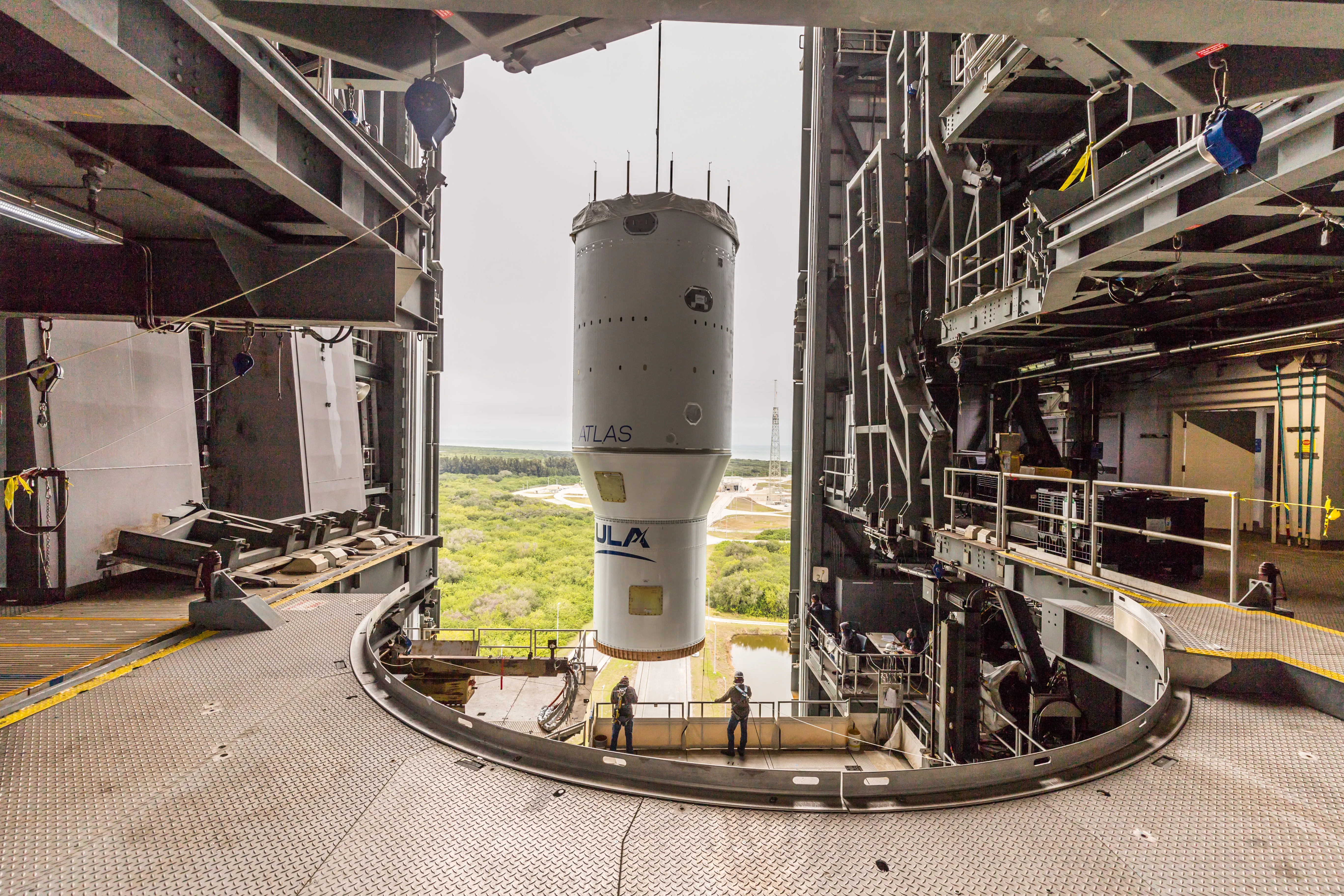
GOES-T Satellite Encapsulation
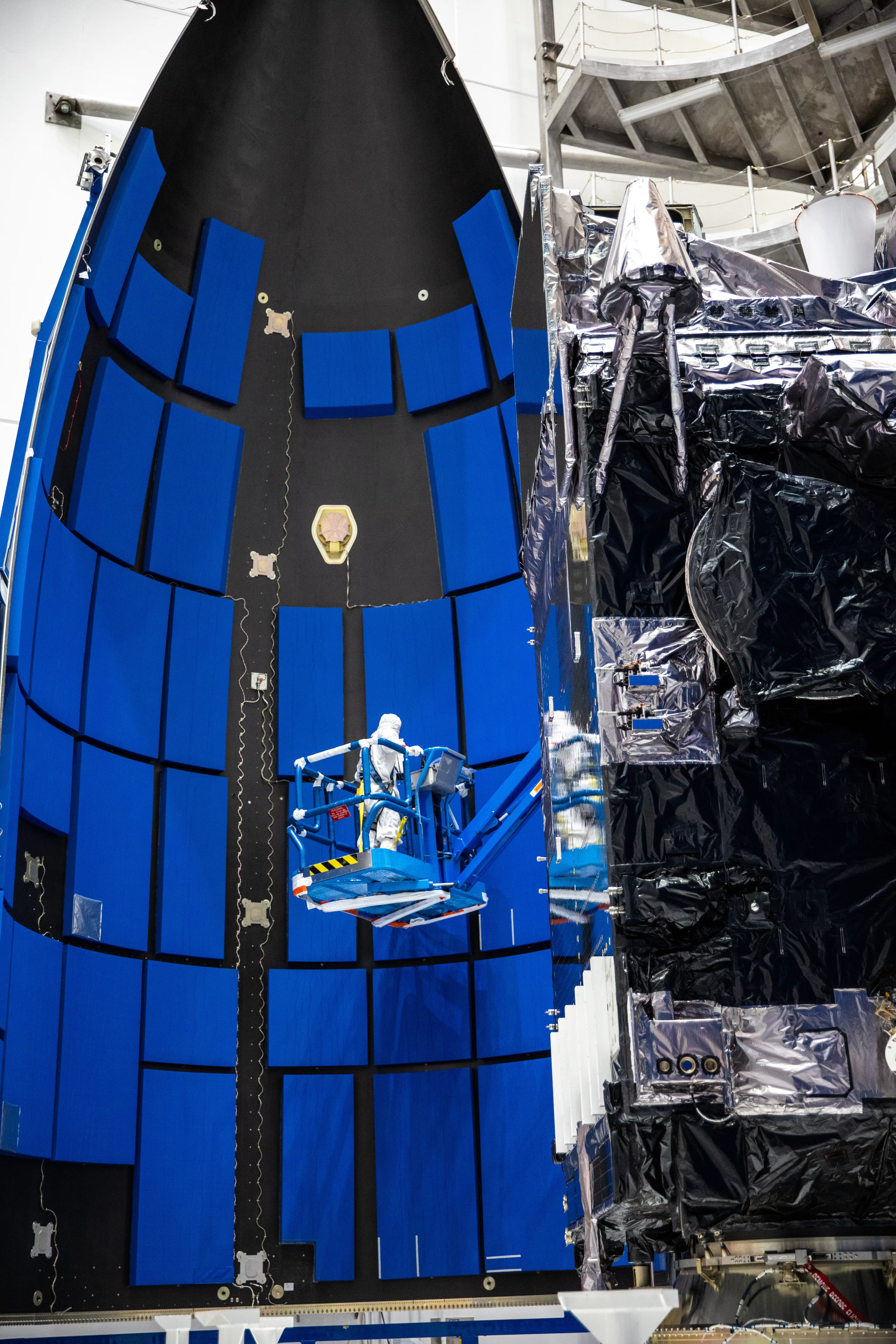
GOES-T satellite Preparing for Encapsulation
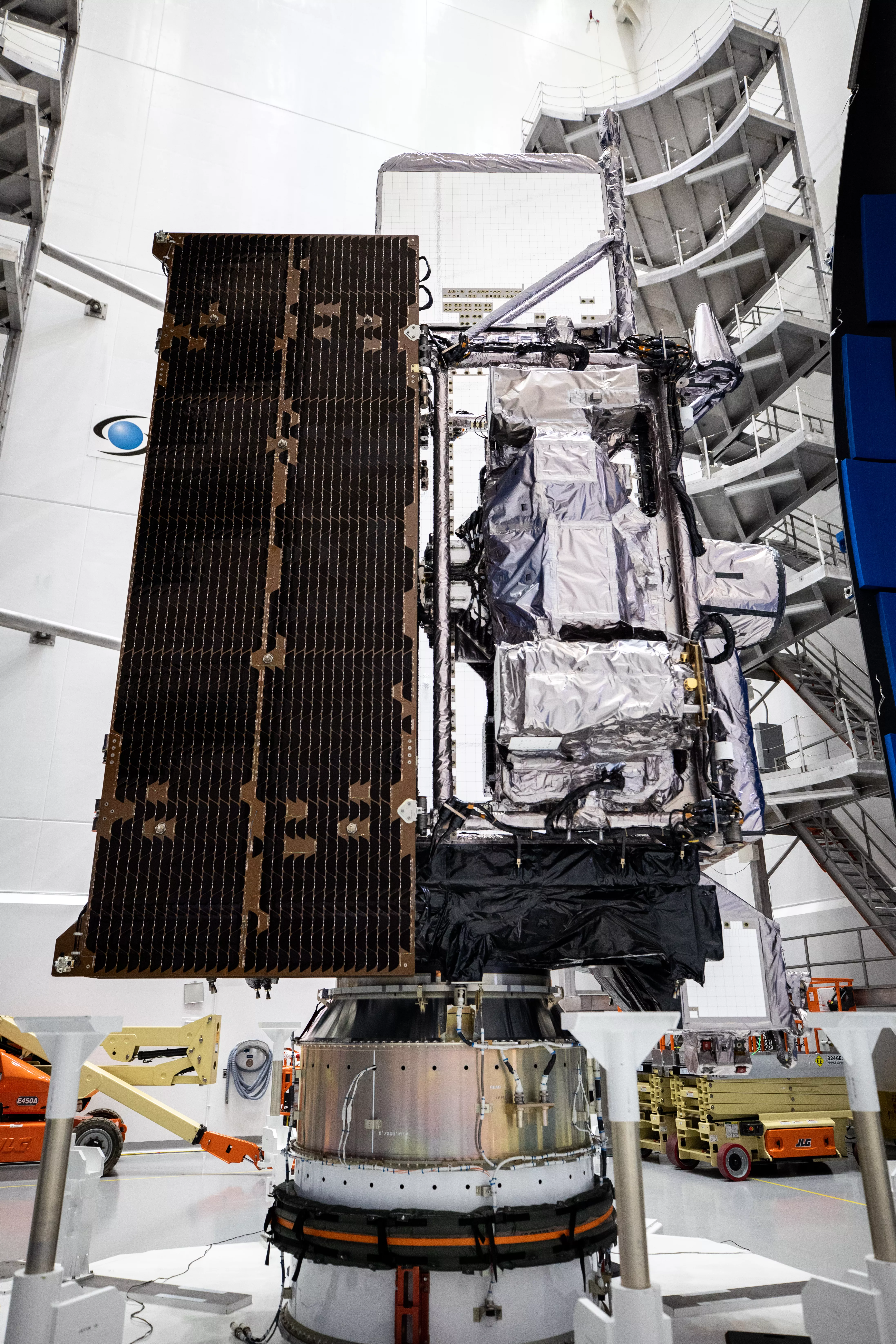
GOES-T in Payload Fairing
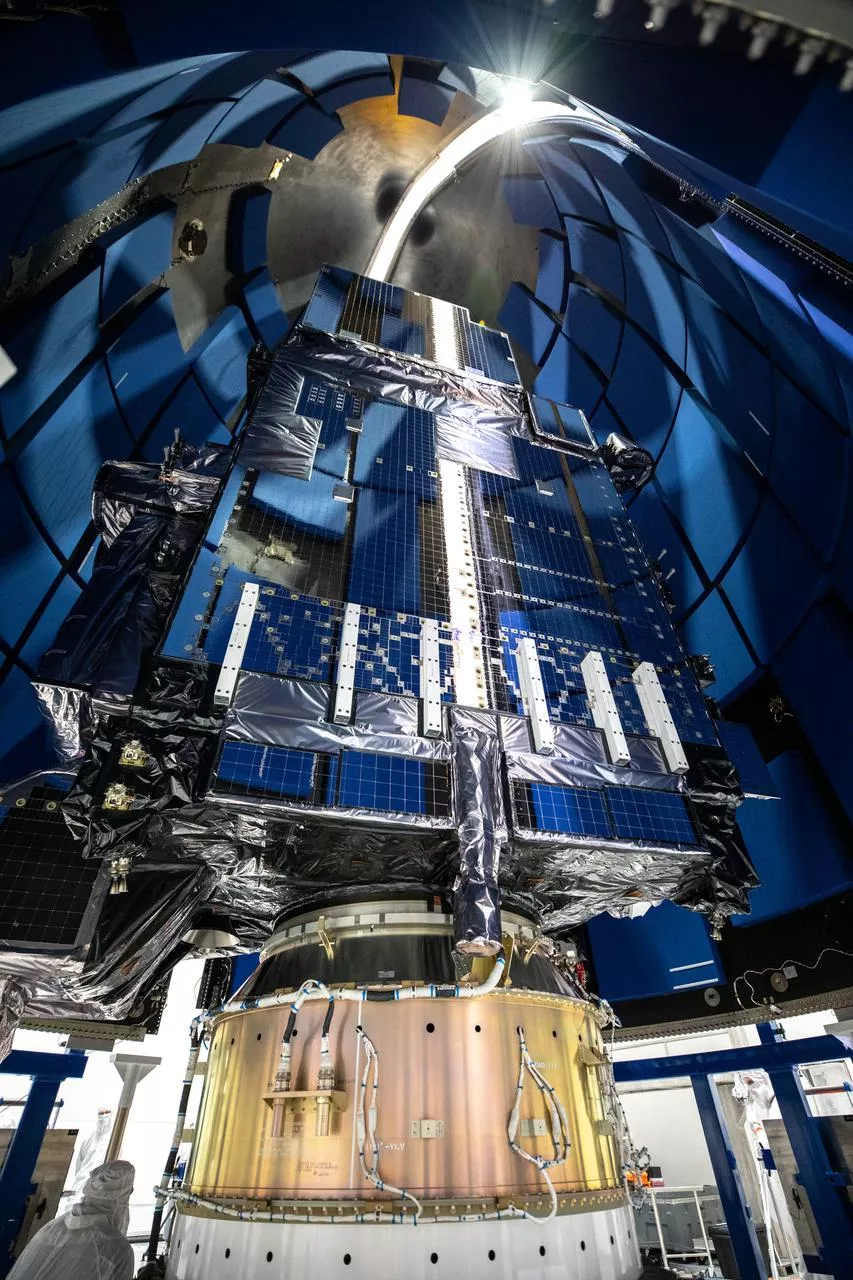
GOES-T Encapsulated in Rocket Fairing
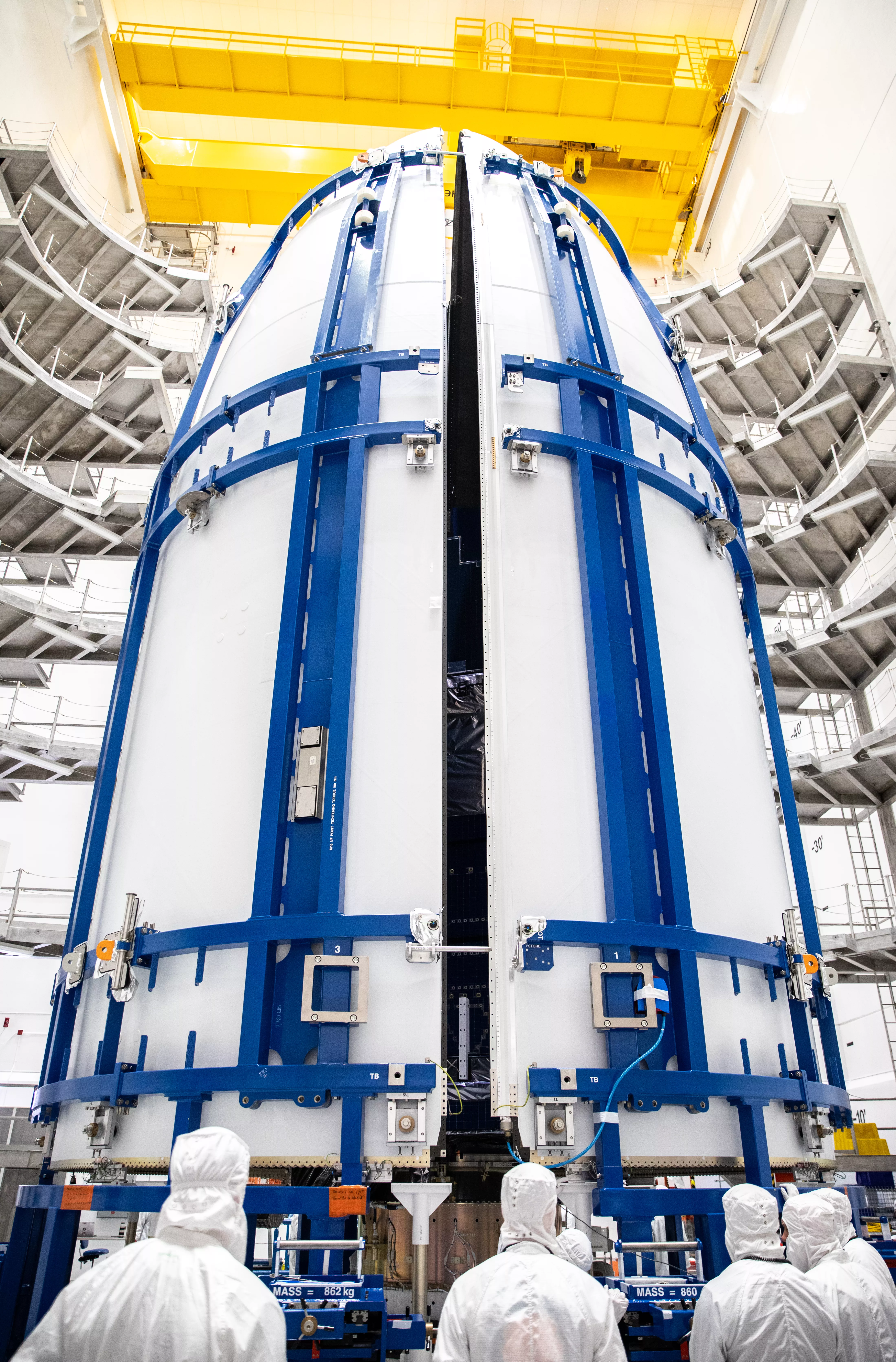
GOES-T Arrives for Mate to Launch Vehicle
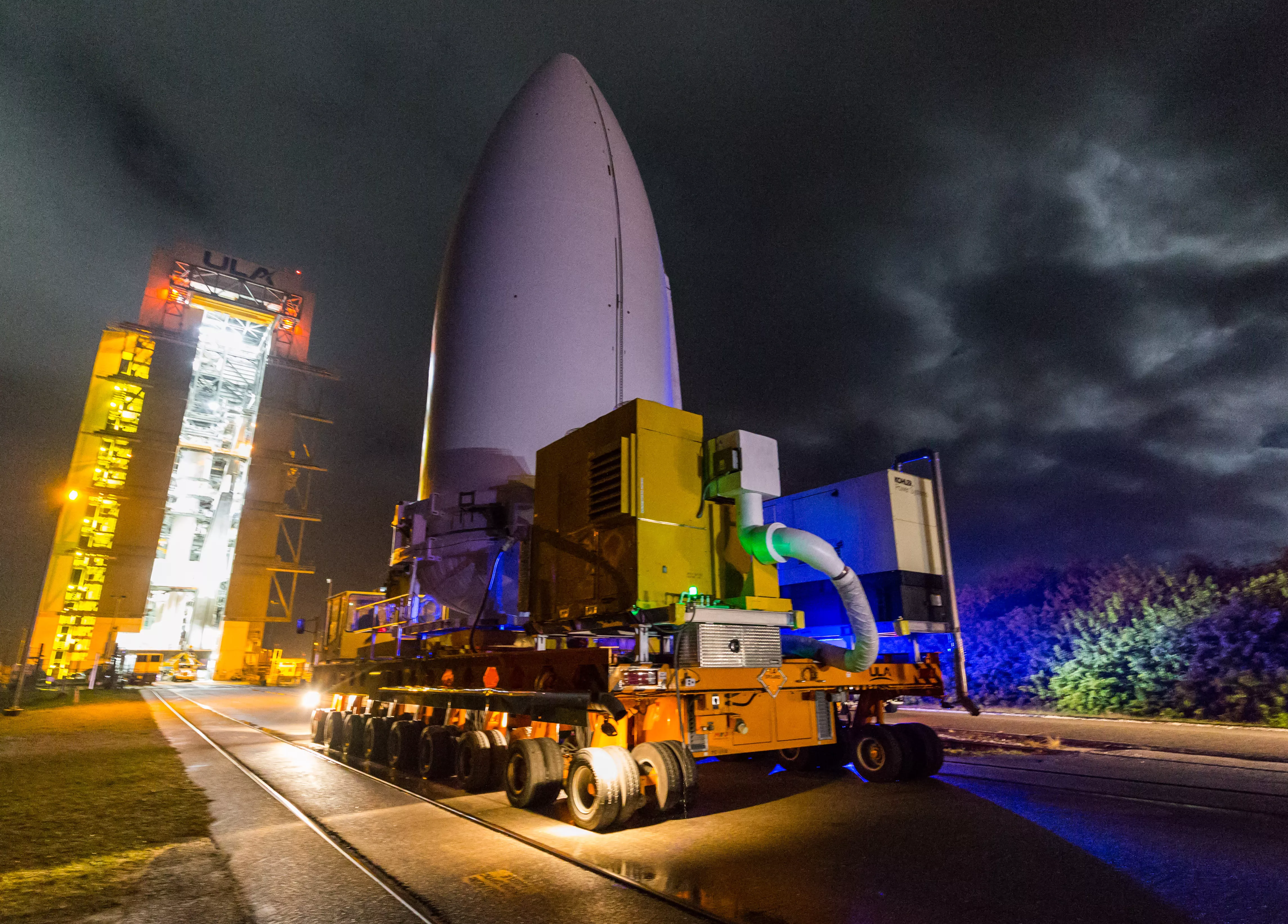
Crane Lifts GOES-T for Mate to Launch Vehicle
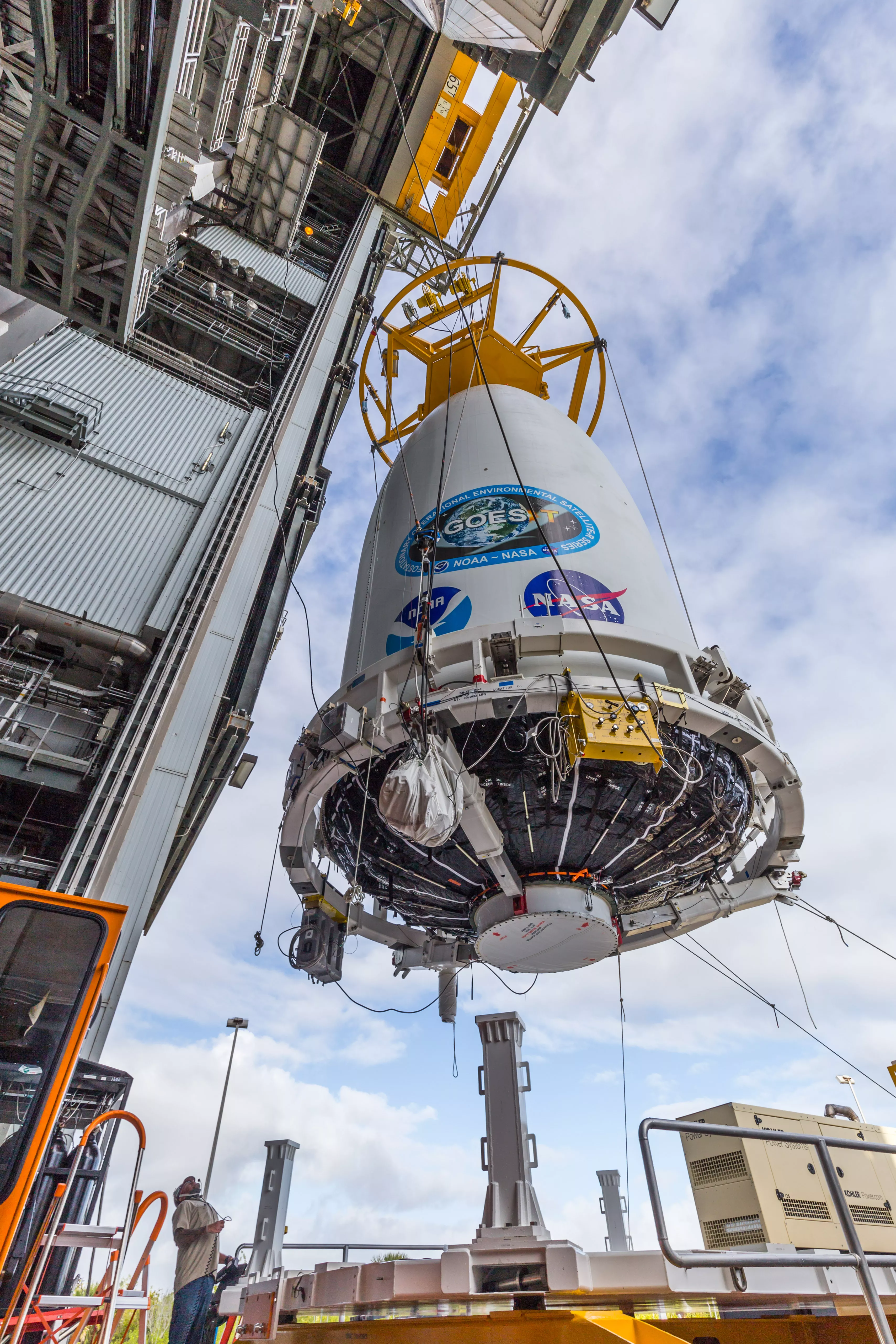
GOES-T Mated to Launch Vehicle
